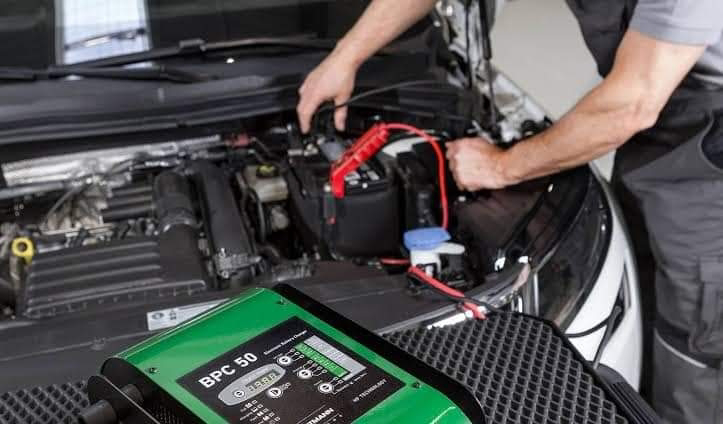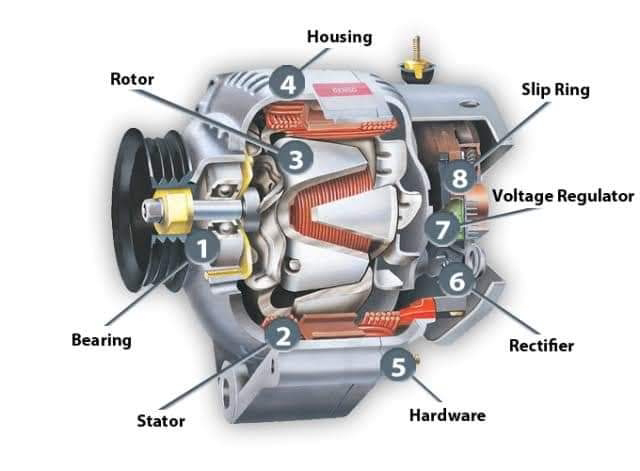1. Miniature Circuit Breaker (MCB)
Purpose: Primarily designed for protection against overcurrent and short circuits in low-voltage installations (up to 100-125A in residential and commercial settings).
Operation: Automatically trips when the current exceeds a safe level, thus breaking the circuit to prevent damage or fire due to overload or short circuits.
Features:
Compact size, suitable for domestic and small commercial applications.
Can be reset manually after tripping.
Typically has a thermal-magnetic operation for overload and short-circuit protection.
Applications: Used in homes, offices, and small industrial setups for protecting circuits from overcurrent.
2. Molded Case Circuit Breaker (MCCB)
Purpose: Similar to MCBs but designed for higher current ratings (from 100A to several thousand amps) and often used in industrial and large commercial settings.
Operation: Also provides protection against overcurrent and short circuits, but MCCBs can handle much higher currents and often come with additional features like adjustable trip settings.
Features:
Larger than MCBs, with a molded case.
Can include features like adjustable trip settings for fine-tuning protection levels.
Often used where higher fault currents are expected.
Applications: Industrial installations, heavy machinery, large commercial buildings, where higher current ratings and more robust protection are needed.
Isolator Switch
Purpose: Not for protection but for isolating parts of an electrical installation for safety reasons during maintenance or repair.
Operation:
Manually operated to completely disconnect the circuit from the power source.
Does not automatically trip; it must be manually operated.
Features:
Provides a visible break in the circuit, ensuring no current is flowing through the part being worked on.
Often used in conjunction with circuit breakers where the breaker is used for protection and the isolator for maintenance safety.
Applications:
Found in electrical panels, switchyards, and industrial setups where equipment needs to be safely disconnected for service or replacement.
Key Differences:
a. Functionality:
MCBs and MCCBs are protective devices that automatically disconnect the circuit when a fault is detected.
Isolators are for manual disconnection, not for automatic protection.
b. Usage:
MCBs for lower current ratings, MCCBs for higher currents and more complex protection needs.
Isolators for ensuring safety during maintenance or for permanent disconnection.
c. Resetting:
MCBs/MCCBs can be reset after a fault.
Isolators require manual operation to reconnect.
d. Visibility:
Isolators often provide a visual indication of the circuit's state, which is crucial for safety.
Understanding these differences helps in selecting the right device for specific electrical needs, ensuring both safety and efficient operation of electrical systems.



















